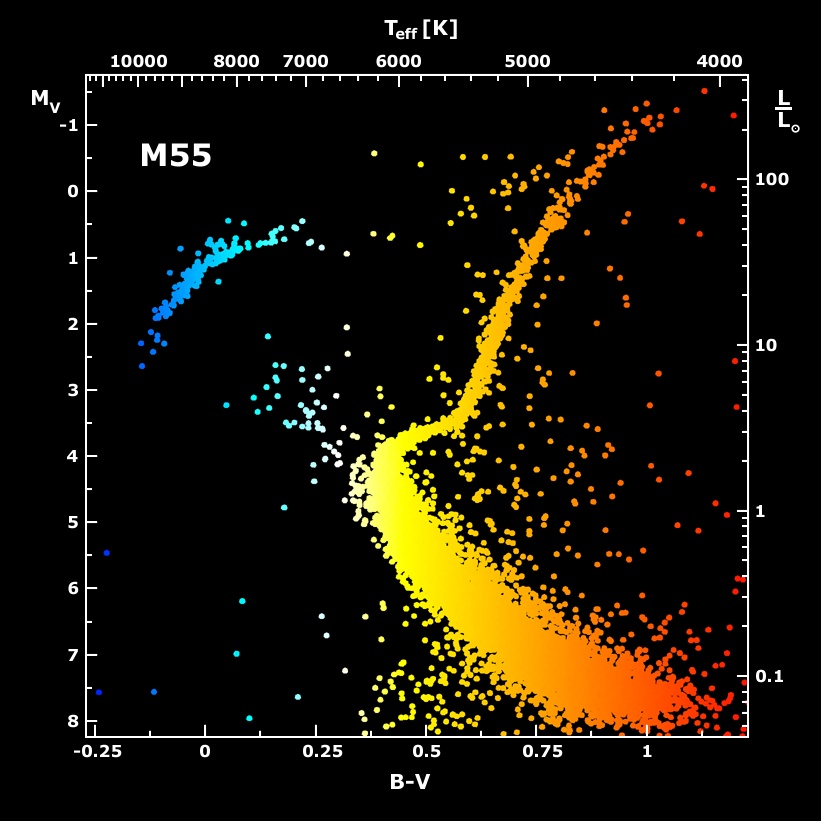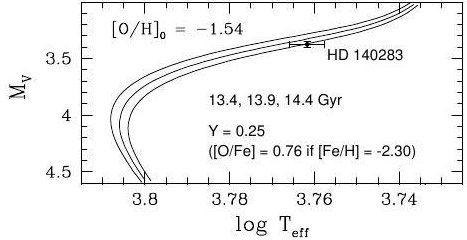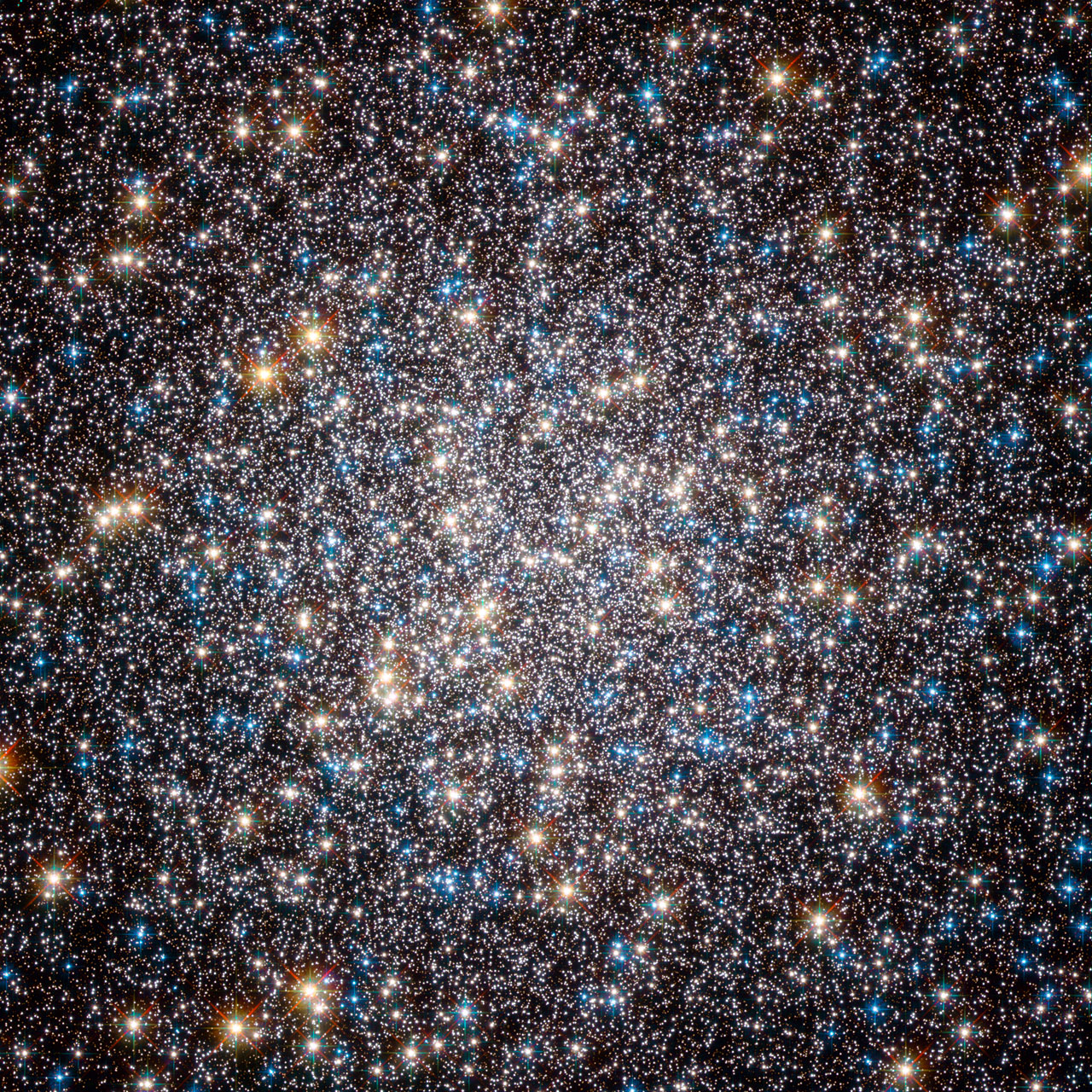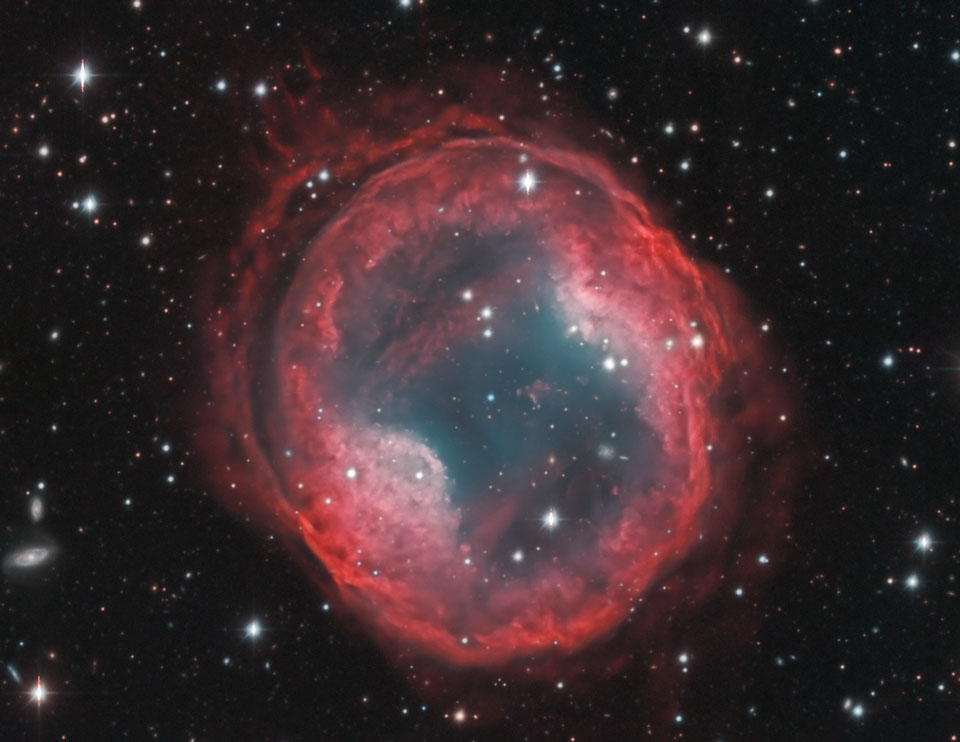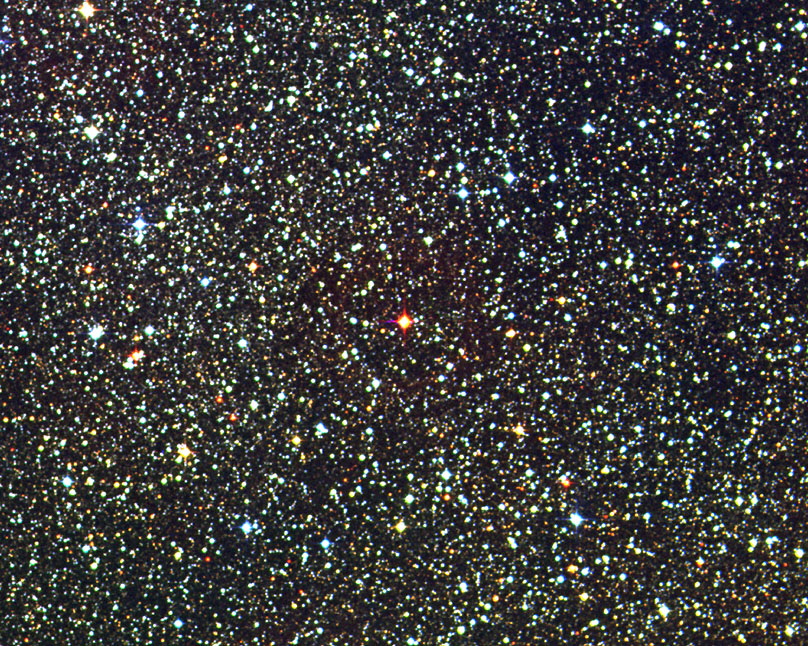saturno2 wrote:Ann
This topic is super interesting.
Well. I didn´t know that the longevity principle could be aplied to the stars,
too.
I think that HD 140283 is a " longevity star"
It has powerful blue glow as a young star, but his age is oldest than the Universe itself, 14.5 billion of years !!
And as the older people of Vilcabamba Village,walk very fast, HD 140283
" longevity star" travel around the neighborhood of Milky Way at
high speed.
But, what is your secret to longevity?
Maybe it uses fuel very quickly, wich develops much energy, without
wearing much the machine, sorry I meant the star:
The way I understand it, low-metallicity stars (like HD 140283) look bluer than high-metallicity stars during their main sequence lifetime. A low-metallicity star is made up of almost pure hydrogen and helium, whereas relatively high-metallicity stars, such as the Sun, contain a lot of "trace elements" like oxygen and iron.
If a high-metallicity star looks blue during its main sequence lifetime (that is, during the time when it is fusing hydrogen to helium in its core), then it must be more massive than the Sun. But if a star is more massive than the Sun, then it must "burn out" more quickly. A star that is more massive than the Sun probably can't be as old as HD 140283. It would have died already.
Because HD 140283 is bluer than the Sun, it
looks more massive than the Sun. In reality, however, HD 140283 is probably no more massive than the Sun at all. It just looks bluer because of its very low metallicity. I believe that if the Sun had been as "metal-poor" as HD 140283, then its light would have been as blue as the light of HD 140283.
So HD 140283 may contain no more mass than the Sun. Does that mean it is possible for a star with the mass of the Sun to live for about 13 billion years? Yes, I think it is. I also think, however, that stars are sufficiently "individual" that they age at somewhat different rates. It could be that HD 140283 is particularly long-lived, for one reason or another.
The high speed of the star is probably not strange at all. It could well be that the speed of HD 140283 is high in relation to the Sun, but not in relation to the orbital speed of most stars in th Milky Way. Its orbit could just be different. Imagine that you are out driving of a road, where there are several cars in front of you and behind you. The cars in front of you and behind you don't appear to move very fast, not in relation to your own speed, certainly. But imagine that a car comes toward you from the right or the left. It may appear to move very fast in relation to you, even if it really isn't moving faster than you are. It is probably that way with HD 140283 - it is just moving in a different direction.
Finally, I want to call attention to what Jim Kaler wrote about bright red giant Arcturus. Arcturus is a halo star just like HD 140283. Kaler wrote:
Arcturus has a velocity relative to the Sun that is higher than other bright stars. Compared with the set of surrounding stars, which orbit the Galaxy on more or less circular orbits, it falls behind by about 100 kilometers per second (as do several others of the "Arcturus Group").
The lagging movement has long suggested that the star comes from an older population of the Galaxy.
Consistently, it is somewhat deficient in metals, having only about 20 percent as much iron relative to hydrogen as found in the Sun.
As a giant, weighing in at around 1.5 times the mass of the Sun, it has ceased the fusion of hydrogen in its core.
To summarize, Jim Kaler describes Arcturus as a star that
appears to move fast, while in reality it's moving slower than the Sun. It is an old star with low metallicity. But because it is more massive than the Sun, it has used up the hydrogen in its core and turned into a red giant.
HD 140283 is most likely on its way to gianthood soon, but it hasn't become a giant yet.
Ann
